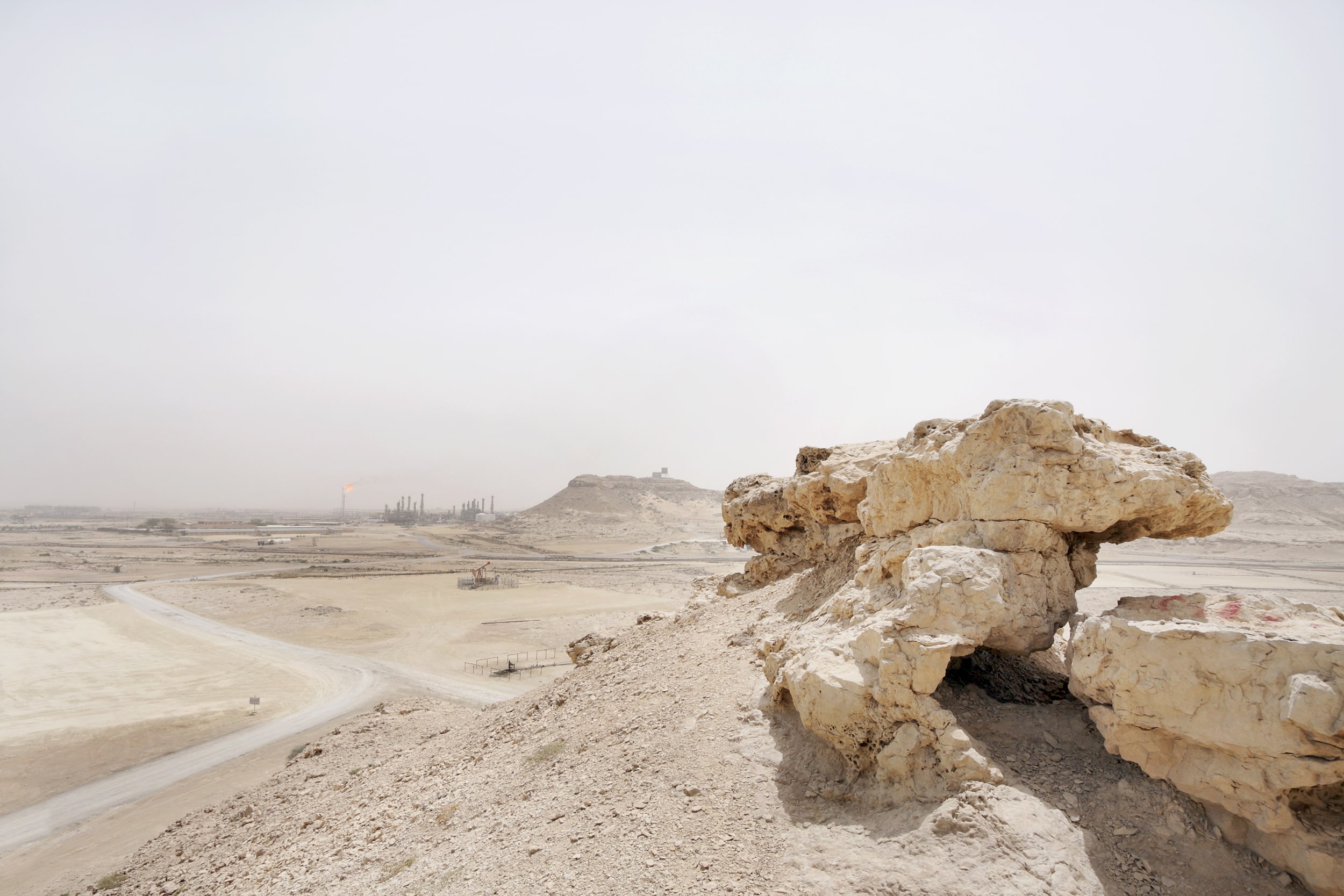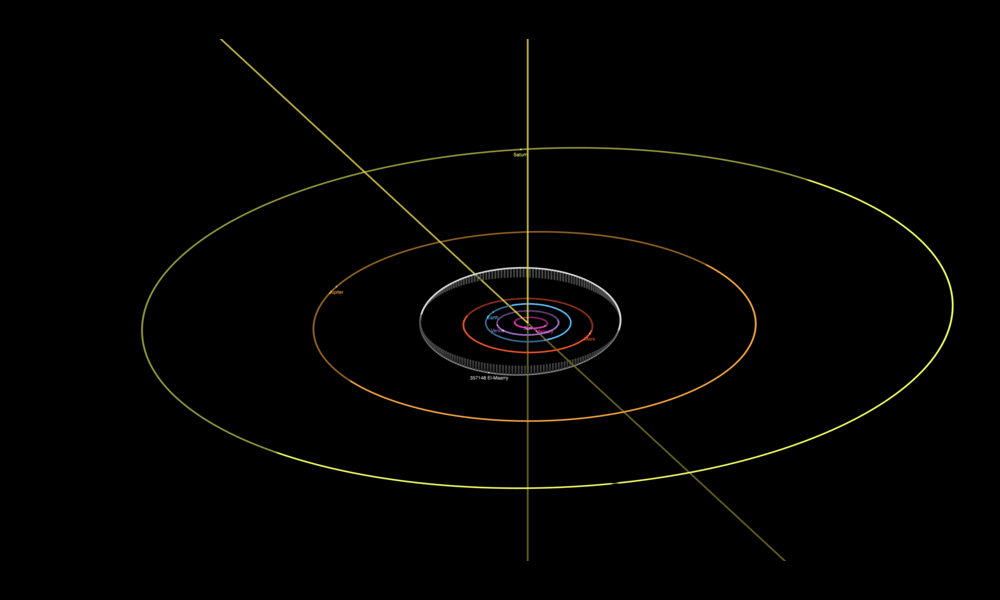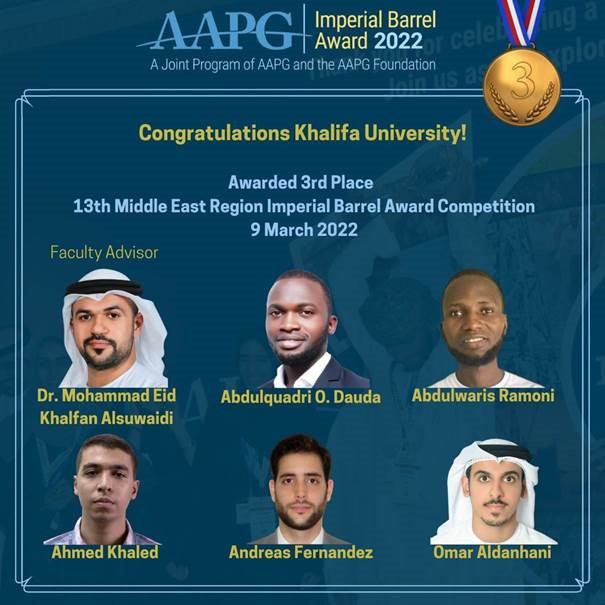
Groundbreaking method offers improved understanding of fracture orientation and paves the way for optimal energy extraction.
Natural fractures in rocks can substantially influence the hydraulic properties of fluid-saturated reservoirs, making it essential to accurately estimate their geometrical properties. This estimation can help understand fluid flow in reservoir zones, predict production rates, enhance oil recovery, and carry out dynamic simulation.
A team of researchers from Khalifa University has investigated fractured carbonate reservoirs, such as those found in the UAE, using the shear-wave splitting concept. Alejandro Diaz-Acosta, Dr. Fateh Bouchaala, Dr. Tadahiro Kishida, Dr. Mohamed Jouini, and Prof. Mohammed Ali developed a cost-effective analysis tool for detecting fractures in geological reservoirs and determining their orientation. Fractured carbonate reservoirs are of great interest to the oil and gas industry because of their potential for high fluid flow rates. The fractures often serve as pathways for the movement of oil, gas, and water, leading to enhanced permeability and increased production. Their results were published in Advances in Geo-Energy Research.
A fractured carbonate reservoir is typically composed of carbonate rocks such as limestone or dolomite and contains significant quantities of fractures or cracks as a result of tectonic movements, changes in stress fields, and the dissolution of carbonate rocks. They can be complex and challenging to manage, with fractures of varying size, orientation, and density, and are sometimes filled with mineral deposits that limit their permeability. The interaction between the fractures and the surrounding rock matrix also significantly influences the reservoir’s overall behavior, including how fluids are stored and flow through it.
Over the years, several numerical models have been devised to glean fracture properties from seismic data, elucidating the complex relationship between anisotropy parameters and fracture properties. However, these models are typically developed and validated with synthetic data, which may not accurately reflect the complexities encountered with real field data, particularly in carbonate rock formations.
Using field data can often help decipher the geometrical and physical properties of a reservoir using a diverse range of techniques and concepts. One more sophisticated technique is shear-wave splitting.
Also known as seismic anisotropy, shear-wave splitting is a powerful tool in the analysis of fractured reservoirs, including carbonate ones. This method involves analyzing the behavior of shear waves as they pass through anisotropic media, such as fractured rocks.
When a shear wave encounters an anisotropic medium (a material that exhibits different physical properties in different directions), it splits into two orthogonal, polarized waves — one parallel to the fracture (fast shear wave) and one perpendicular (slow shear wave). This is because the speed of a seismic wave travelling through a rock may vary depending on the direction of travel: The wave may move faster in a horizontal direction through a layer of sedimentary rock than in a vertical direction due to the way the rock has been deposited or deformed over time. The difference in arrival times between the two waves is called the delay time, and it can provide valuable information about the extent and orientation of the fractures.
While shear-wave splitting is a powerful tool, it’s just one part of a suite of techniques that geophysicists use to analyze fractured reservoirs. Other methods might include electrical resistivity, well logging, and tracer tests, among others. Additionally, the interpretation of shear-wave splitting data can be complex, requiring the integration of other geological and geophysical information.
Applying the shear-wave splitting concept in reservoirs such as those in Abu Dhabi, which are characterized by heterogeneous lithology and composed mainly of carbonate rocks, is a challenging task. To address these challenges, the Khalifa University team developed an advanced approach based on multicomponent shear-wave velocity analysis and the shear-wave splitting concept. Their method offers a cost-effective and less overburden-sensitive alternative to other techniques.
The intricate structural attributes of Abu Dhabi oilfields can be traced back to a complex series of tectonic events that culminated in the formation of the Arabian Plate. Given the area’s tectonic history, it is not surprising that Abu Dhabi reservoirs are highly fractured. The fractures significantly contribute to the porosity and hydraulic conductivity. Evaluating their geometrical properties is vital for accurate reservoir characteristics.
The research team’s model proved to be accurate in identifying fracture orientations when tested on real-world field data from onshore oilfields in Abu Dhabi. Their analysis method is a promising, cost-effective tool that could be especially useful in complex environments like the fractured carbonate reservoirs of Abu Dhabi, where conventional methods might not be as successful.
The team’s technique could also be leveraged for site selection in carbon dioxide sequestration and energy storage projects.
This work lays the groundwork for the future advancement of the shear wave splitting concept in complex media, including carbonate rocks. The team has identified two important directions to explore in handling greater complexity in geological media: source-offset effects and the presence of fracture sets with multiple preferential orientations. Future research will incorporate machine learning techniques, with the team recently successfully identifying the features that demonstrate the highest sensitivity to shear wave splitting and determining the most effective machine learning techniques for analyzing these features.
Jade Sterling
Science Writer
26 June 2023



